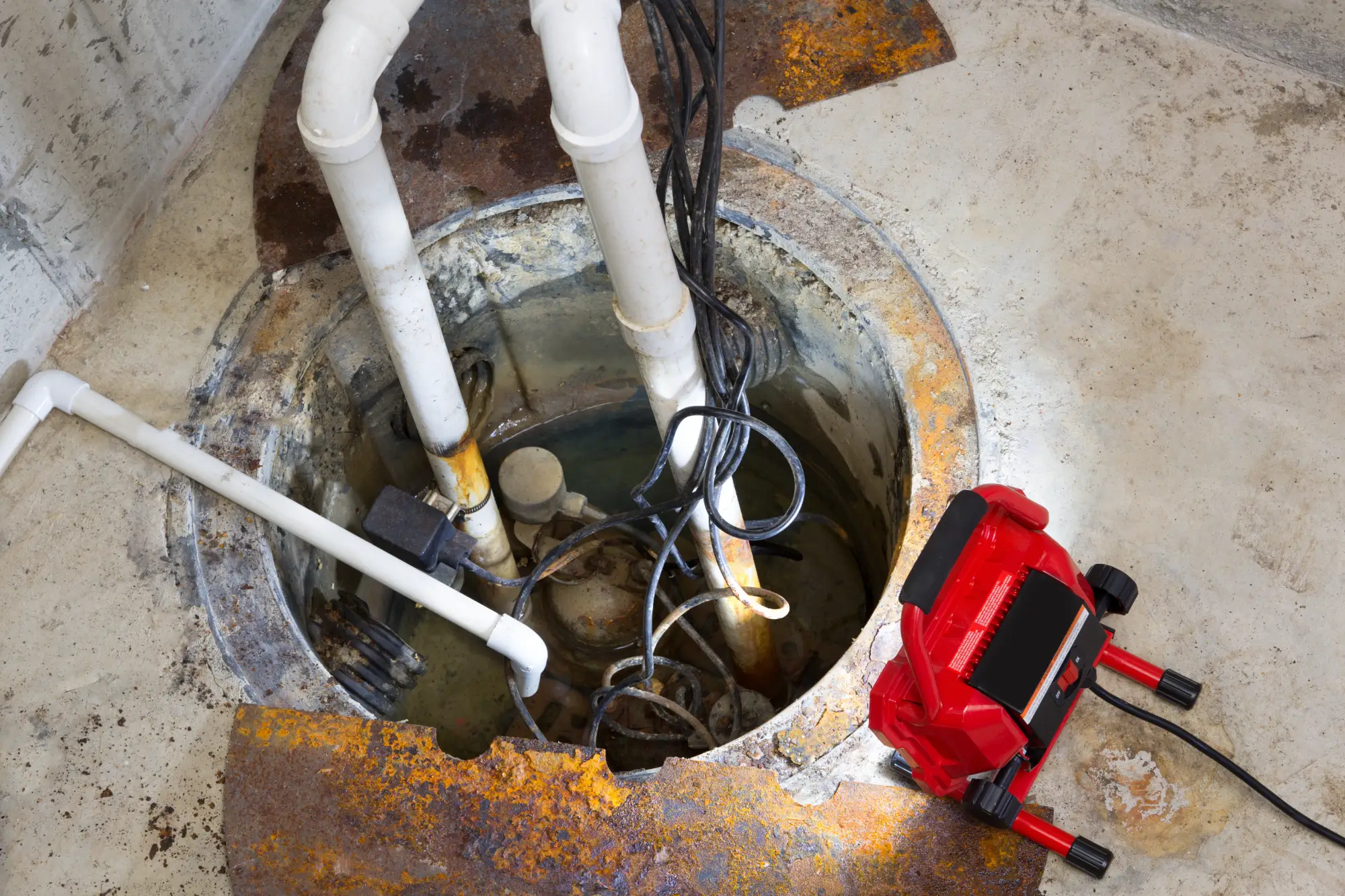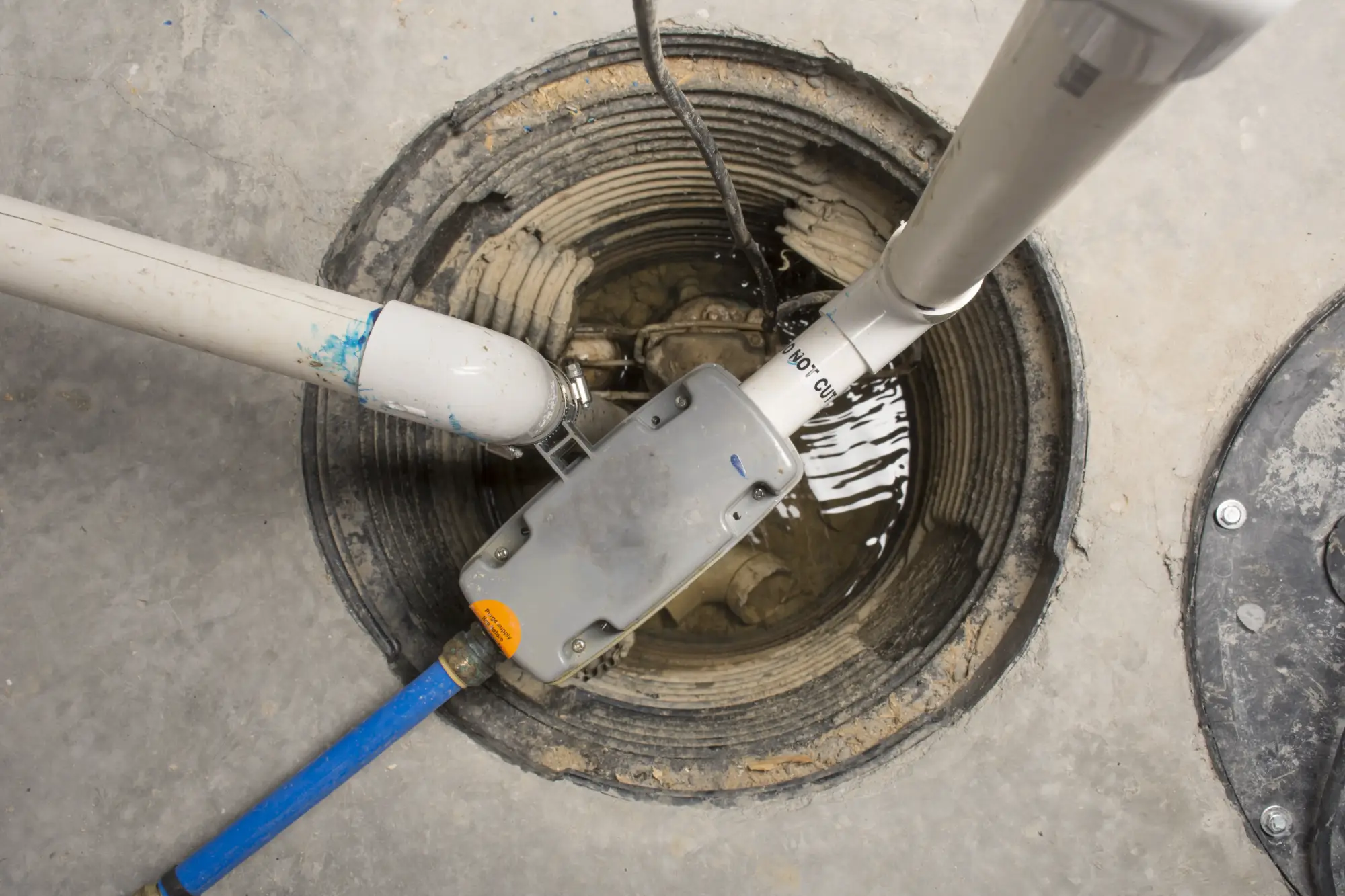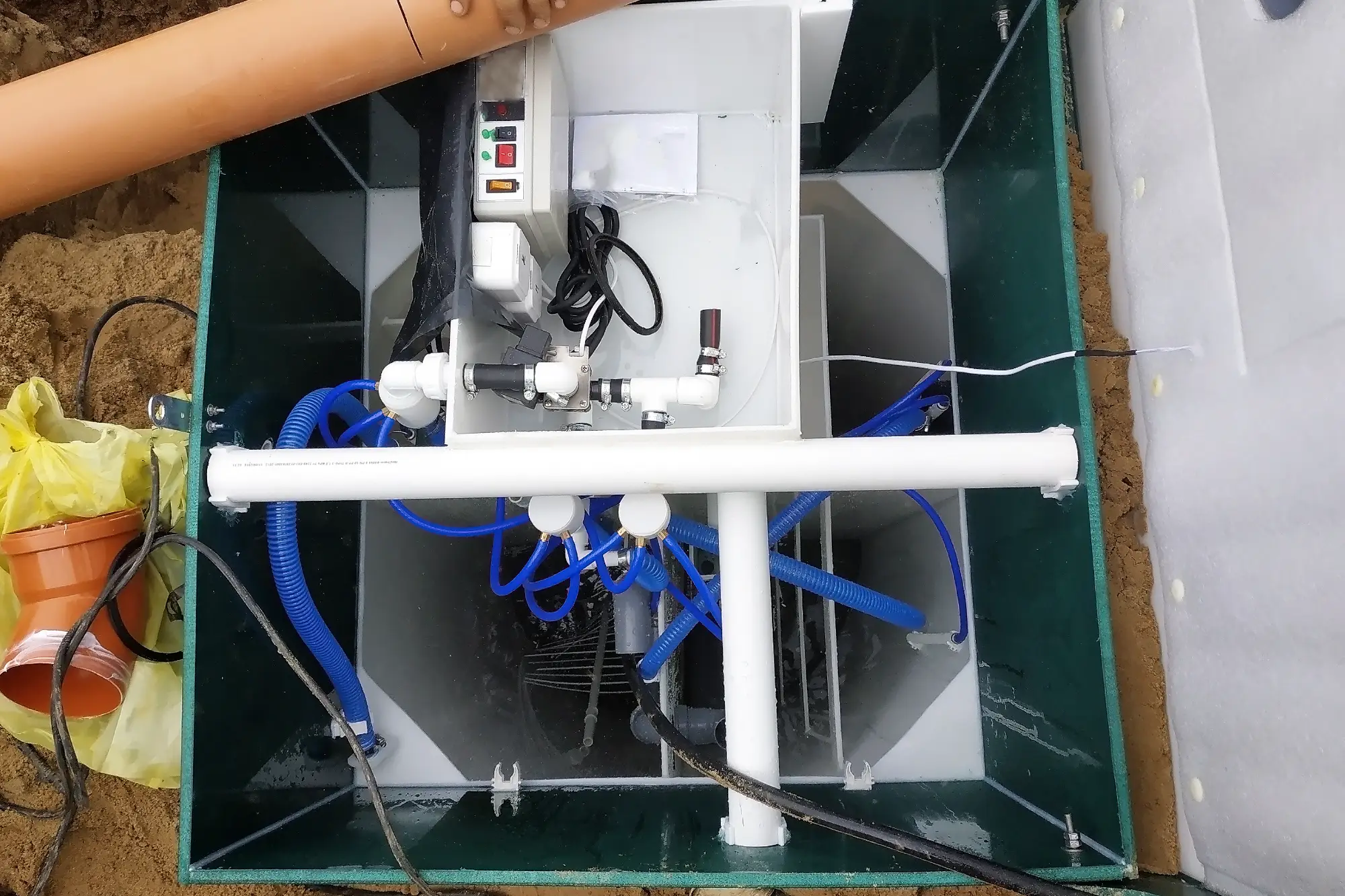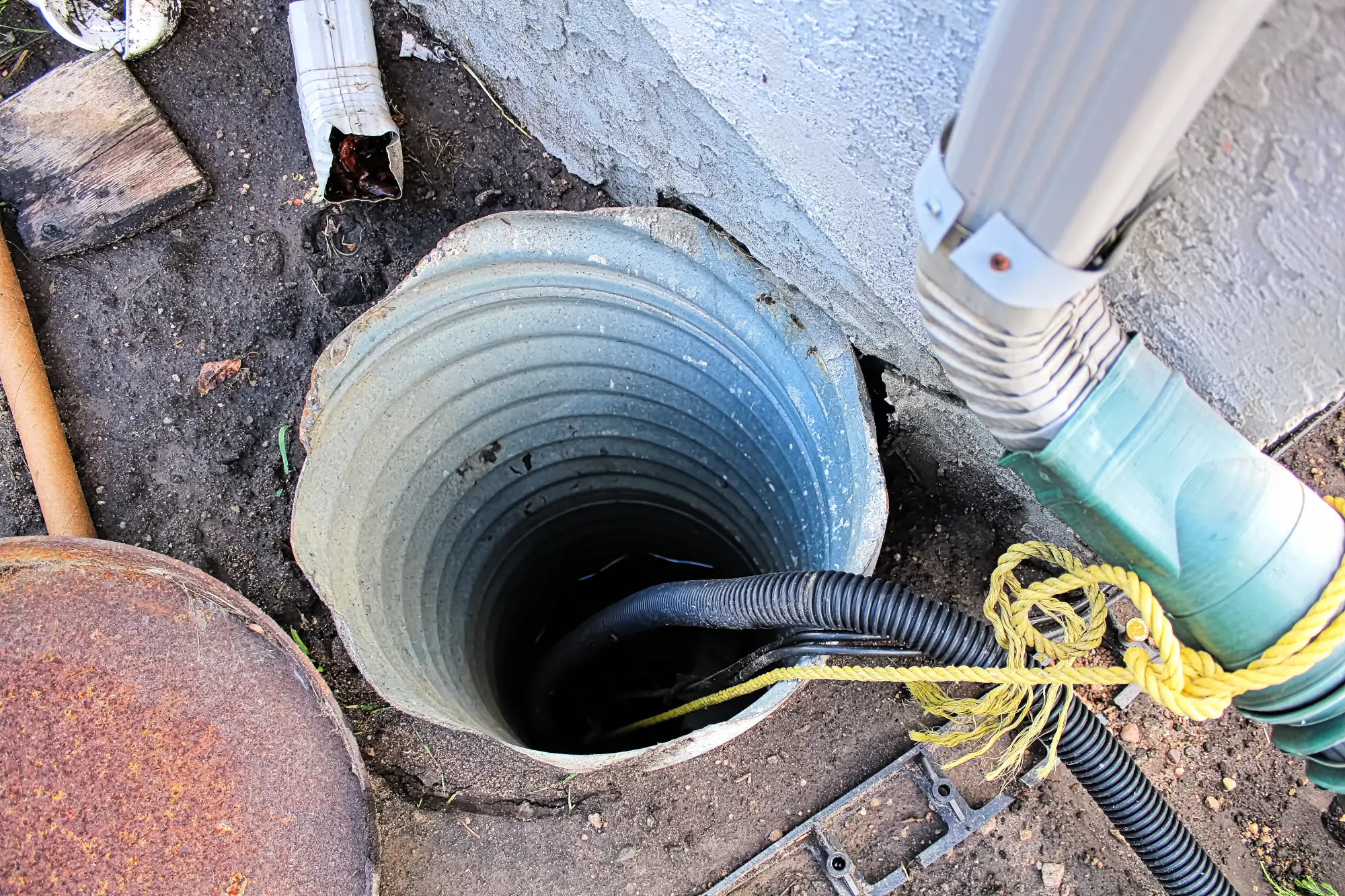Sump Pump Installation in Poquott, NY
Keep Your Basement Dry Year-Round
Professional sump pump installation that actually works when storms hit hardest.

Hear About Us

Reliable Basement Sump Pump Systems
You sleep through storms instead of checking your basement every hour. Your finished basement stays usable, your stored belongings stay safe, and you stop worrying about what happens when the power goes out during heavy rain.
A properly installed basement sump pump system handles whatever Long Island weather throws at it. That means no more rushing downstairs during thunderstorms, no more moving everything off the floor when rain’s in the forecast, and no more wondering if your current setup will actually work when you need it most.
The right sump pump installation gives you a basement you can actually use. Whether that’s finished living space, storage for things that matter, or just peace of mind that your foundation stays protected, you get back to living instead of constantly managing water problems.
Poquott Sump Pump Installation Company
Diamond Masonry & Waterproofing LLC has been handling basement water issues across Long Island for years. We understand how Poquott’s soil conditions and water table create unique challenges that generic solutions can’t handle.
Our team specializes in both masonry and waterproofing, which means we see the complete picture when it comes to basement protection. We’re not just installing equipment – we’re solving the underlying issues that cause problems in the first place.
When you call us, you’re working with contractors who’ve seen every type of basement water problem Long Island can create. We’re licensed, insured, and available for emergency situations because we know sump pumps don’t pick convenient times to fail.

Professional Sump Pump Installation Process
We start with a complete assessment of your basement’s current situation. That means checking your existing drainage, understanding how water moves around your foundation, and identifying any issues that could cause problems down the road.
Next comes the actual installation work. We excavate the sump pit to the right depth and size for your specific needs, install proper drainage connections, and set up your new sump pump system with all the necessary components including backup power if you want it.
Before we’re done, we test everything thoroughly and walk you through how your new system works. You’ll know exactly what to expect, how to maintain it, and when to call us if anything seems off. No surprises, no confusion about what you’re getting.

Ready to get started?
Explore More Services
About Diamond Masonry & Waterproofing
Get a Free Consultation
Complete Basement Sump Pump Solutions
Your sump pump installation includes everything needed for reliable basement protection. That means proper pit excavation, high-quality pump selection based on your specific water volume needs, and professional plumbing connections that won’t leak or fail over time.
We handle the electrical work too, ensuring your system has dedicated power and proper GFCI protection. If you want battery backup for power outages, we install that as part of the complete system so you’re covered even when storms knock out electricity.
Long Island basements face unique challenges with our clay soil and high water table. We account for these local conditions in every installation, using techniques and materials that work specifically in our area. You’re not getting a one-size-fits-all approach – you’re getting a custom sump pump solution designed for Poquott’s specific environment.

How long does sump pump installation typically take to complete?
What size sump pump do I need for my basement?
Do I need a battery backup system for my sump pump?
How often should sump pumps be replaced or serviced?
Can you install sump pumps in finished basements without major damage?
What happens if my new sump pump fails or doesn't work properly?
Local Resources
- Google Map Link
- Find the Poquott, NY USPS
- Locate Nearby Poquott, NY Pharmacies
- View the Current Weather in Poquott, NY
- Poquott, NY is located in Suffolk county in New York State